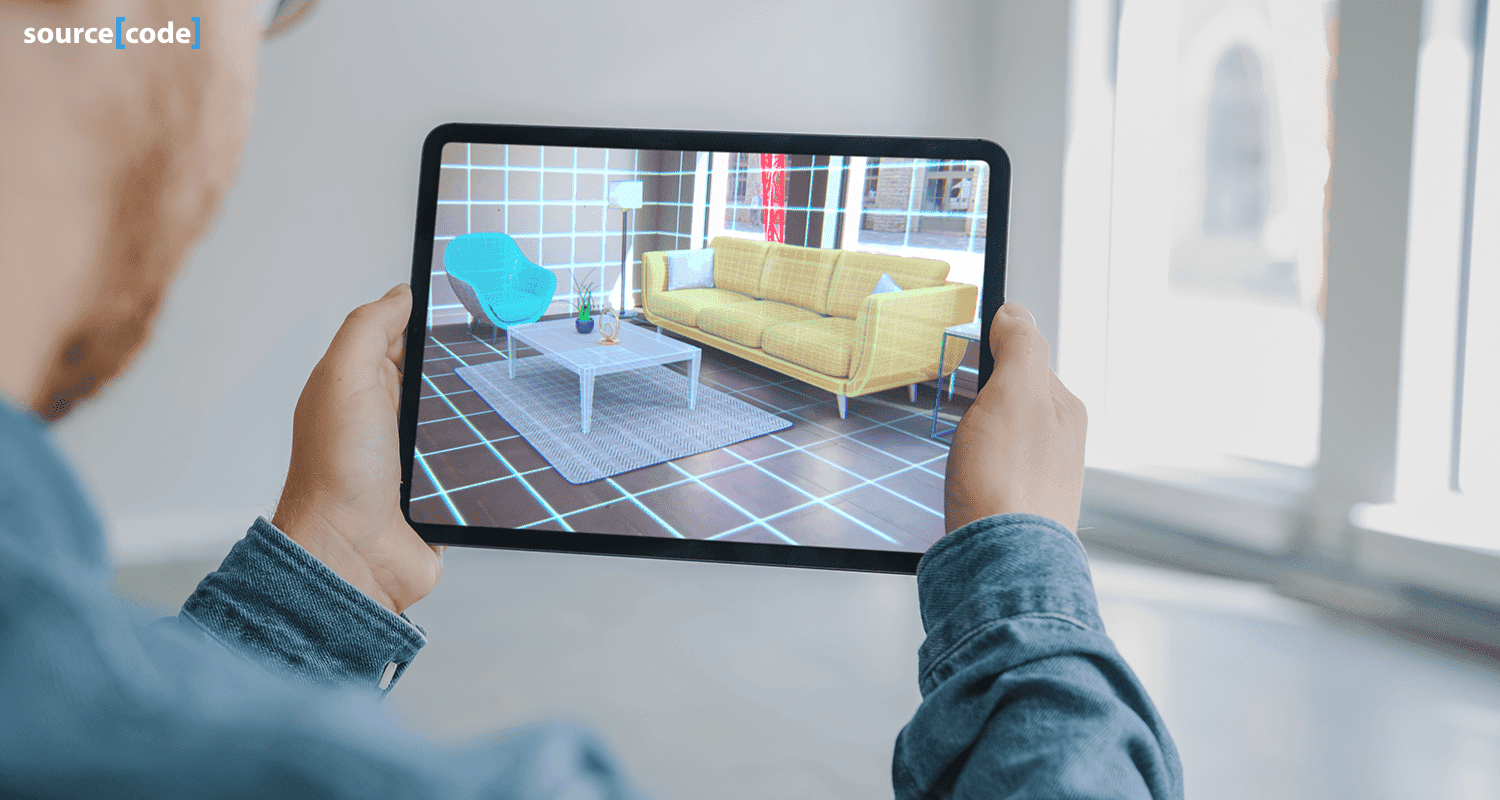AR & VR Applications: Transforming UX in Software Development
Augmented Reality (AR) and Virtual Reality (VR) have become indispensable in the field of software development, revolutionizing our interaction with digital environments. Originally popularized in gaming and entertainment, these technologies have now expanded their applications to various practical domains, transforming the way we engage with digital worlds.
Discover the indispensable role of Augmented Reality (AR) and Virtual Reality (VR) in enhancing our digital content experience. These transformative technologies provide immersive and interactive connections between the physical and digital realms. This article delves into the technical foundations, practical applications, and future potentials of AR and VR in the realm of software development. Embark on a journey to explore the vast possibilities of AR and VR.
1. Augmented Reality
Augmented Reality (AR) seamlessly merges digital information with the real world, resulting in a combined experience. This technology utilizes sensors, computer vision, and image recognition to achieve this integration. AR devices incorporate sensors that track the user’s location and movements, enabling precise alignment of digital content with the real-world environment. Through computer vision, these devices gain an understanding of their surroundings. Additionally, image recognition capabilities empower AR devices to identify objects and locations, allowing for the contextual addition of relevant digital details.

2. Virtual Reality
Virtual Reality (VR) enables users to immerse themselves in computer-generated worlds that closely resemble reality. This immersive experience is made possible by advanced VR headsets and motion tracking systems. VR technology enhances the excitement of gaming and virtual tours, allowing users to engage in experiences that were previously inaccessible. Moreover, VR has proven to be valuable in addressing mental health concerns such as Post-Traumatic Stress Disorder (PTSD). By creating secure and controlled environments, VR facilitates effective treatment settings for individuals seeking therapy and support.

3. Significance of AR & VR in Modern Software Development
Augmented Reality (AR) and Virtual Reality (VR) have profoundly transformed the way individuals engage with digital content, leaving a significant impact on modern software development. These technologies have extended their reach beyond mere entertainment, finding applications in professional training, medical procedures, and enhancing retail experiences.
Creating Immersive Experiences: AR and VR have the ability to construct highly realistic worlds and environments, enabling users to feel truly immersed in the digital realm. This heightened sense of engagement enhances the overall user experience.
Revolutionizing Interfaces: AR and VR are revolutionizing the way we interact with software by moving beyond traditional screens and keyboards. These technologies facilitate natural interactions through gestures, voice commands, eye movements, and more, fundamentally changing the way we engage with digital interfaces.
Enhancing Learning and Practice: AR and VR provide simulated environments that replicate real-life situations, offering a safe and risk-free space for education and job training. This immersive approach to learning enhances engagement and effectiveness.
Transforming the Shopping Experience: AR and VR allow shoppers to visualize products in a realistic context, particularly beneficial for industries such as furniture and fashion, where visual assessment is crucial before making a purchase decision.
Improving Accessibility: AR and VR play a vital role in making digital content more accessible for individuals with disabilities. For instance, VR enables those with mobility issues to explore new places virtually, while AR provides real-time assistance for individuals with visual and hearing impairments.
The integration of AR and VR in software development has ushered in a new era of user experiences, expanding possibilities across various domains and revolutionizing the way we interact with digital content.

4. Ethical Considerations in AR and VR Development
AR and VR development must prioritize considerations of privacy, data security, health, safety, and societal impacts. It is crucial to establish responsible development and usage guidelines to address these ethical concerns effectively.
Augmented Reality (AR): At its core, AR blends digital information with the physical world, creating an overlap between the two realms. This integration is made possible through the utilization of advanced technologies:
Sensors: Accelerometers and gyroscopes track movement and orientation, enabling AR to anchor digital images within the real environment. This tracking ensures that the digital elements appear realistic and seamlessly integrated with the user’s surroundings.
Computer Vision: AR systems rely on computer vision technology to interpret and understand the environment. By leveraging data from cameras and other imaging devices, computer vision enables accurate placement and interaction of digital elements within the real world.
Image Recognition: Building upon the capabilities of computer vision, image recognition technology plays a vital role in identifying objects, places, and even faces. This recognition functionality allows for context-specific digital enhancements, making AR experiences more relevant, engaging, and personalized.
By harnessing the power of these technologies in a responsible manner, AR and VR developers can ensure the protection of user privacy, safeguard data security, prioritize user health and safety, and mitigate potential societal impacts while delivering immersive and impactful experiences.

Conclusion:
The emergence of AR and VR technologies has introduced captivating possibilities in software development, accompanied by new challenges and ethical dilemmas. Addressing these issues is crucial to harness the full potential of these transformative technologies. The integration of AR and VR into existing software ecosystems showcases their versatility and adaptability, enhancing the capabilities of traditional applications.
AR and VR are revolutionizing the software development landscape by providing users with more engaging and interactive experiences across various domains. While these technologies may present technical and moral challenges, their impact on the future of digital communication is undeniable. Explore our expertise in blending these cutting-edge technologies with custom software development to elevate your digital experience.
Embracing the advancements in AR and VR, we strive to overcome the associated obstacles and deliver immersive software solutions that empower users and push the boundaries of digital innovation.